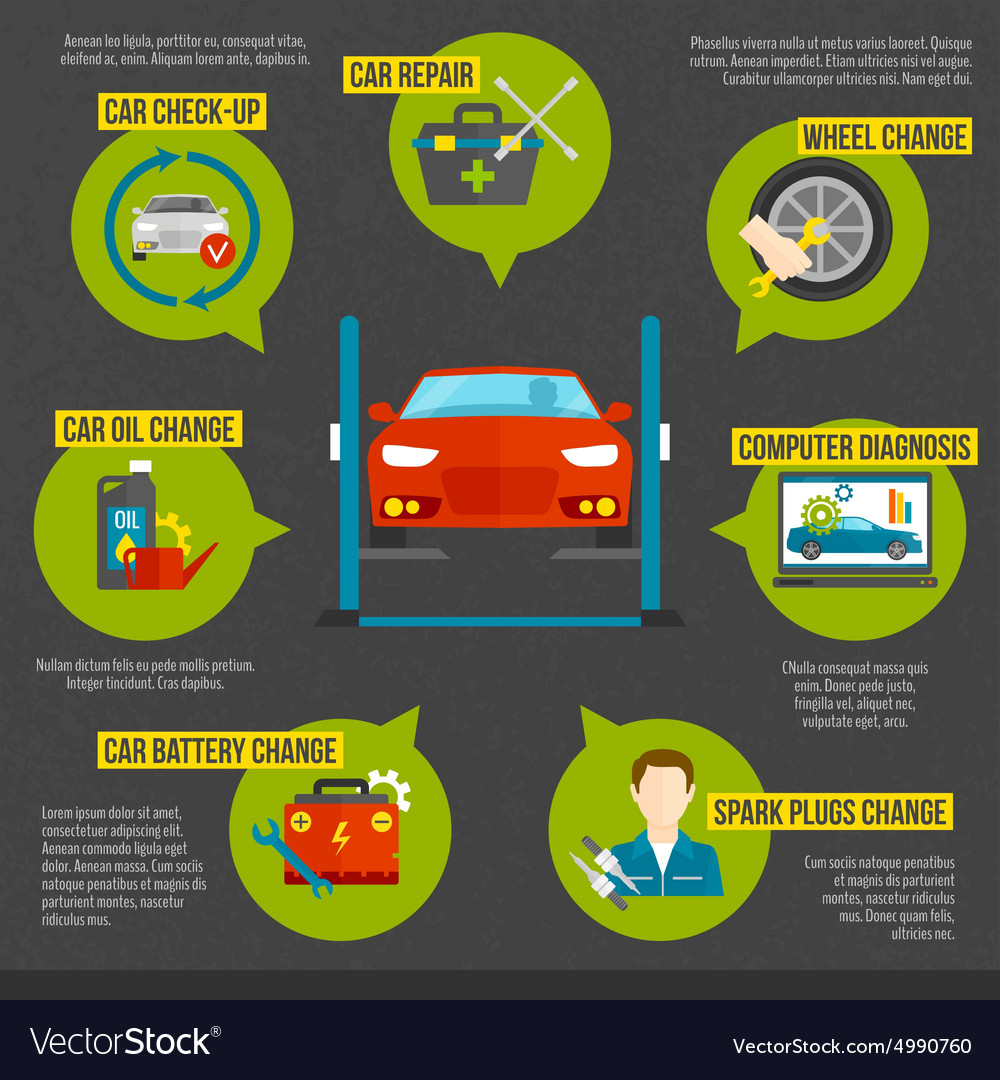A Fundamental Overview To Understanding The Warning Lights On Your Vehicle
A Fundamental Overview To Understanding The Warning Lights On Your Vehicle
Blog Article
Web Content Produce By-Fenger Emery
When you lag the wheel, those little warning lights on your auto's dashboard can be rather difficult. What do they indicate, and should you be concerned? Recognizing these signals is critical for your automobile's wellness, but it does not have to be a challenging task. By translating the mystery behind each light, you'll be equipped to handle prospective issues efficiently and keep your auto running smoothly. So, following time a warning light flashes, do not panic - arm on your own with understanding and take control of the scenario.
Value of Vehicle Warning Lights
Comprehending the relevance of your auto's caution lights is critical for maintaining your vehicle's health and wellness. These lights work as your car's interaction system, informing you to potential problems that could endanger your security when driving or result in costly fixings if neglected. By taking note of these warnings, you can address issues early and prevent additional damages to your vehicle.
Disregarding warning lights can result in major effects, such as engine failure, brake malfunctions, or even accidents. These lights are created to inform you of issues ranging from low tire pressure to engine breakdowns, giving you the opportunity to act before the scenario aggravates. Consistently examining and recognizing these cautions can conserve you time, cash, and ensure your safety and security while driving.
Along with keeping you safe, responding promptly to warning lights can additionally assist extend the life expectancy of your cars and truck. By attending to issues early, you can avoid small issues from intensifying into major repair services, eventually conserving you time and money in the future. Keep in mind, your auto's warning lights are there for a reason - do not ignore them!
Common Caution Lighting and Meanings
When it pertains to driving your automobile, knowing typical warning lights and their meanings is important for your security and automobile maintenance. Right here are a few usual caution lights you may run into:
1. ** Inspect Engine Light **: This light indicates a problem with your engine. It could be something small like a loosened gas cap or something much more serious like engine misfiring.
2. ** Battery Light **: This light signals a problem with your vehicle's billing system. It might show a faulty battery, generator, or other relevant elements.
3. ** Oil Pressure Light **: When this light begins, it indicates your engine may be running low on oil or experiencing reduced oil stress, which can result in engine damages if not addressed immediately.
4. ** Brake System Light **: This light suggests an issue with your braking system. It could mean reduced brake liquid degrees or an issue with the brake system that calls for immediate attention.
Recognizing these common warning lights will certainly aid you determine potential problems at an early stage and protect against more substantial issues down the road.
Just how to React To Caution Lights
In the event that a caution light illuminates on your cars and truck's control panel, it's vital to respond quickly and suitably. When a caution light comes on, the very first step is to consult your owner's handbook to understand the certain problem indicated by the light.
Some lights need prompt interest, while others may indicate a less urgent matter. If the warning light is red or blinking, it's usually an indicator of a serious problem that requires immediate action. In such situations, it's advisable to pull over safely, turn off the engine, and look for expert aid.
For yellow or orange caution lights, while they may not require instant attention, it's still essential to address the hidden issue quickly to stop more damage. Regular maintenance and examination can assist protect against warning lights from coming on unexpectedly.
Conclusion
To conclude, recognizing your car's warning lights is vital for keeping your car's health and safety. By frequently inspecting and reacting to https://ricardonjdxq.blogsuperapp.com/30443592/auto-fixing-triumphs-and-trial-runs-insights-right-into-effective-methods-and-mistakes , you can deal with potential issues early and stop pricey fixings or security risks. Remember to consult your owner's handbook for information on different caution lights and always take instant activity for red or flashing lights. Keep aggressive and keep your automobile running smoothly!
